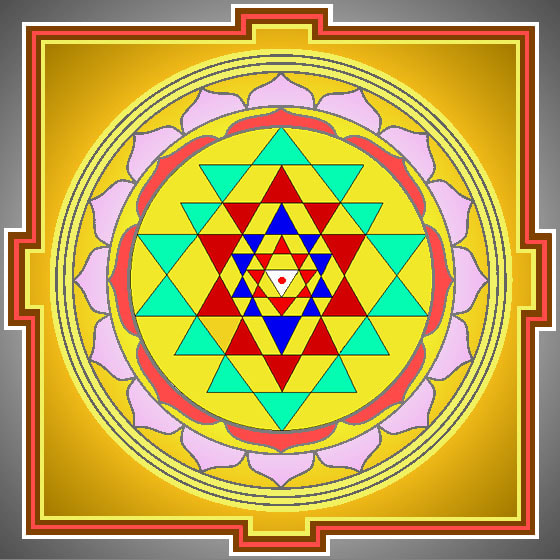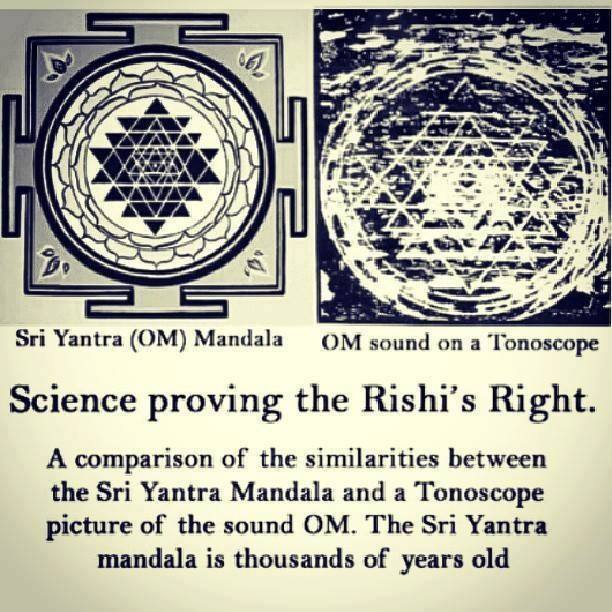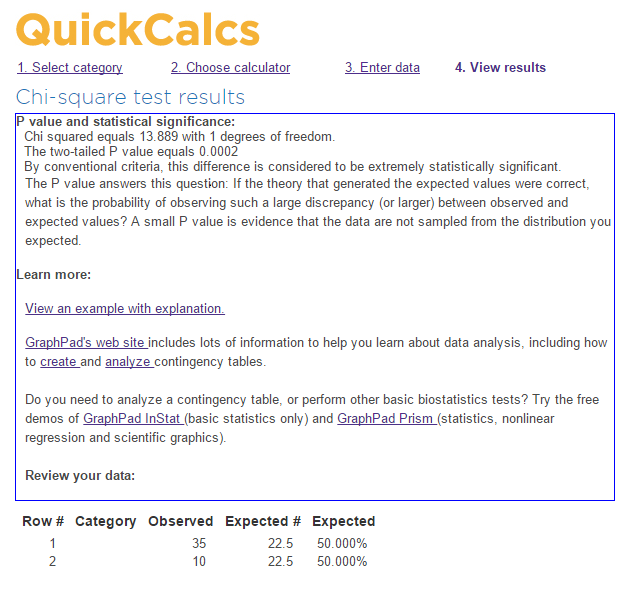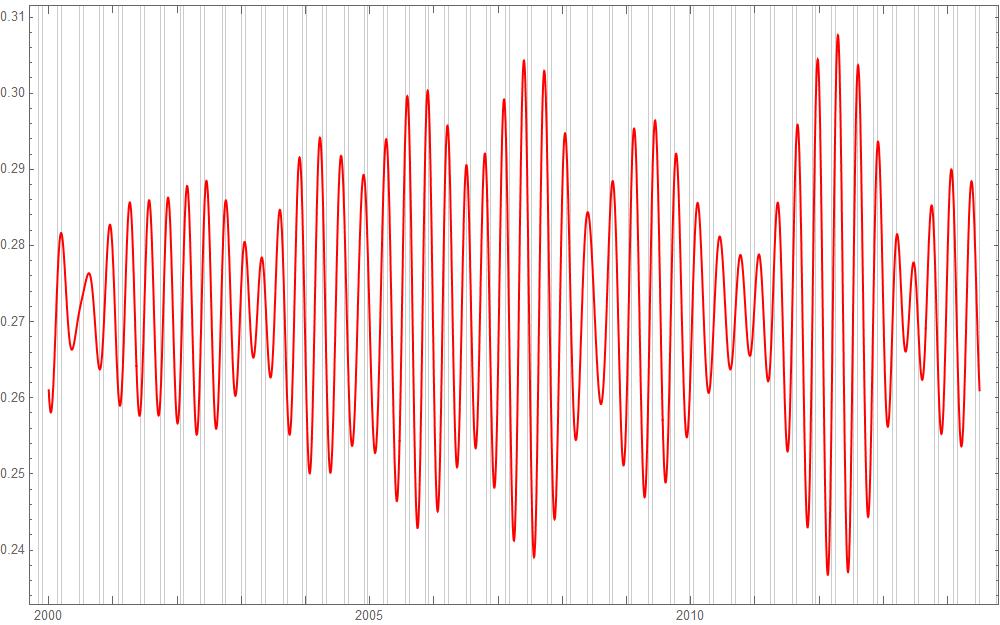|
By reading the book Cymatics, many of us thrilled to the idea of vibration made visible in that gem of a book from the late 1960's.
With a few lines of code I have decided to plot the equations which go to heart of, and could be said to generate, these beautiful forms. More motivated me than just the chance to look directly at and witness the imagery. I have seen some claims that the Shri Chakra could be seen from these "tonoscopes".
4 Comments
I decided to test a recent theoretical development of how football game winners can be seen in the day, place, and starting time of the event. Accordingly, my assistant drew up a table of all Super Bowls so far and their event information. I then drew up each chart and made a prediction. These were then checked against the real winners. I should preface by saying that I am a football agnostic. I do not know much about football, only watching socially for a few minutes here and there and receiving the good-natured teasing of friends for knowing so little. I want to admit that I have seen some games at some times, enough to develop the model, yet I feel I can judge these past charts fairly, truly without any a priori knowledge of the winner. Thirty five out of forty five Super Bowls were evaluated correctly. (Five early Super Bowls did not have recorded start times available.) Final 2-sided p-value is 0.0002. To do this project even more fairly, I would recommend the following:
Astrological research is presently a tough row to hoe.
There is no money in it, and my clients actually don’t like it. They ask me why I do it. These are intelligent well-educated people, but they tell me they come to astrology because they are sick of science. ("One year coffee is good for you, one year it is bad for you…") The work of astrological science is lonely, scary, and frustrating and really tough on me physically. I do it instead out of love, out of passion, out of honestly wanting to know the answer. That is why I say it is a hobby for me. I think that is a good thing. I went to college full-time at fifteen, actually being able to emancipate based on my scholarship stipend. Some of my friends were getting PhDs at that age from schools like Harvard and Princeton. One thing united us in order to work so hard and give up so much, so young. We all shared an immense personal love for science, actually being in love with Mother Nature Herself. Then, 5 or 10 years later, we all made it into the profession, the industry, of science, and we almost all dropped out. Research into fundamental astrology returns my gaze back to Mother Nature, and it is that worship which is really why I do it, and yet I certainly do keep all the numbers real. You must, to get really close to Her. So, even though I do a particular methodological approach which is very big data and AI oriented, using pretty advanced mathematics, I do it for intensely personal reasons, and actually as an artistic expression, I feel. The methodologies that I would like to see at large in the future of astrology research would be ones that would speak to our fact-based culture as a whole, and maybe along the way, some money could be sent toward astrological researchers, because a need of society at large is met, some pressing practical societal need is answered. Richard Feynman once said: “People who wish to analyse nature without using mathematics must settle for a reduced understanding.” So, I think we have to increase our mathematics chops, even if we are doing hermeneutics, perhaps learning from all the good work happening in the digital humanities in the past decade. We also have an opportunity to go beyond what even regular science provides society, and that is to do our work with love, for love. It is not just an opportunity, it is a necessity, for astrology is and we are psychology and medicine and football games and politics and money and families, everything altogether, and that is love. I know it is. Remarks prepared for The Kepler Conference, 2017. Click on image to see the presentation from The Kepler Conference for Astrological Research, Jan 2017. [Edit: a crazy further reduction in RMSE was achieved by finally using a neural net. The quick write-up of that can be seen here. A full journal article was just approved for publication (March 2018). It will be referenced in the bibliography.] To hear the audio of the misspellings, download the original file below and mouse over on the second red graph.
|
ARTICLESAuthorRenay Oshop - teacher, searcher, researcher, immerser, rejoicer, enjoying the interstices between Twitter, Facebook, and journals. Categories
All
Archives
September 2023
|
||||||
© 2008–2024 Renay Oshop AyurAstro®





 RSS Feed
RSS Feed